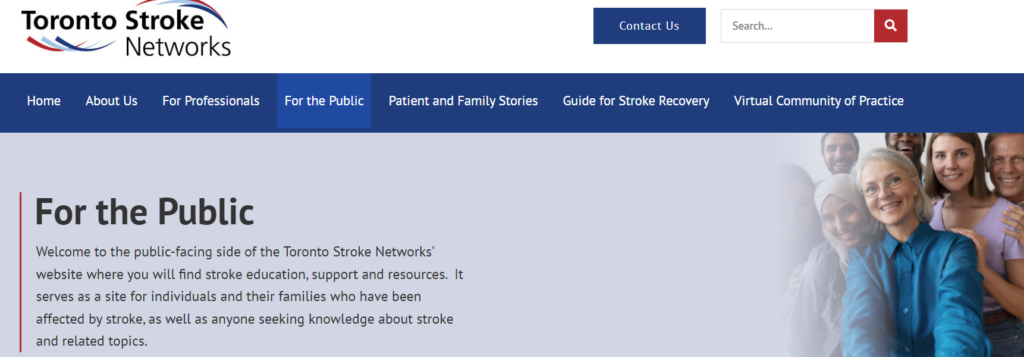In June 2020, The Lancet Neurology published a very important Declaration proclaimed by the World Stroke Organization (WSO) on stroke and dementia.
The WSO predicts that by 2050, about 200 million stroke survivors will be in the world. And because of the close link between stroke and dementia, we could expect about 106 million living with dementia; and, thereafter, each year, we may encounter over 30 million new stroke patients.
The most notable statement, to me, in their declaration, is this:
The current strategies to address risk factors for heart diseases and stroke are not sufficiently effective.
World Stroke Organization, June 2020; https://www.world-stroke.org/assets/downloads/Global_prevention_of_stroke_and_dementia_WSO_declaration.pdf
Rather than finding why they say this, I focus my attention on what they propose to do.
Let us find out what they have to say about this.
First of all, it is worthwhile to note that they recommend a common prevention strategy for both stroke and dementia because both problems share the same risk factors.
And, these risk factors contribute not only to stroke and dementia but other leading non-communicable diseases also.
What are those?
- Elevated blood pressure
- Abnormal blood lipid levels
- Smoking
- Alcohol
- Physical inactivity
- Salt and sugar
- Unhealthy diet
As we can see that the above risk factors fall into two broad categories;
- Biological (elevated blood pressure and abnormal lipid levels)
- Behavioral or lifestyle; however, behavioral risk factors in turn contribute to elevated blood pressure and abnormal lipid levels.
Now let us look at what the World Stroke Organization (WSO) suggests doing differently to address those risk factors.
A paradigm shift:
Abandoning graded risk categorization and adoption of a risk continuum scale
The first is that their appeal for a paradigm shift of risk classification; they recommend abandoning mild, moderate, and high-risk categorization for heart and stroke problems; instead re-framing stroke risk along a continuum.
Population-wide prevention strategies
They underscore the need of adopting a population-wide approach to reduce the negative impact of behavioral (lifestyle) risk factors. Quite correctly, they also emphasize the need for integrating into the WHO HEARTS initiative, and the establishments and programs at all levels, global, national, and local.
Individual level interventions
Of course, individual interventions – screening for risk behaviors – are also necessary; more specifically, poor diet, physical inactivity, alcohol use, and smoking and biological risk factors – elevated blood pressure and abnormal lipid profiles.
The WSO has introduced a free stroke riskometer app to aid this intervention strategy.
Combining community interventions with medicines and behavioral interventions for people at risk of stroke
They highlight five lifestyle risk factors (smoking, physical activity, diet, alcohol consumption, weight) based on evidence.
Implementation strategies
The WSO suggests several evidence-based implementation strategies. These are as follows;
- Using community health workers serving in other community health programs: They bring forward a meta-analysis of 16 RCTs as supportive evidence.
- Combining medical (medications for blood pressure and lipid level screening, medication for the needy) interventions with lifestyle modifications
- Integrating stroke and dementia strategies with WHO HEARTS Initiative
- Imposing taxes on unhealthy food, tobacco, and smoking and dedicate the revenue to prevention, screening, and treatment interventions.



